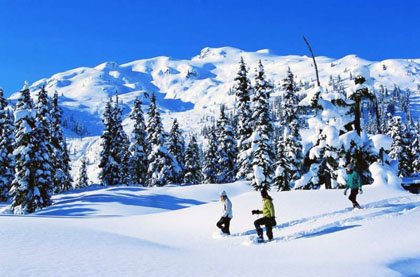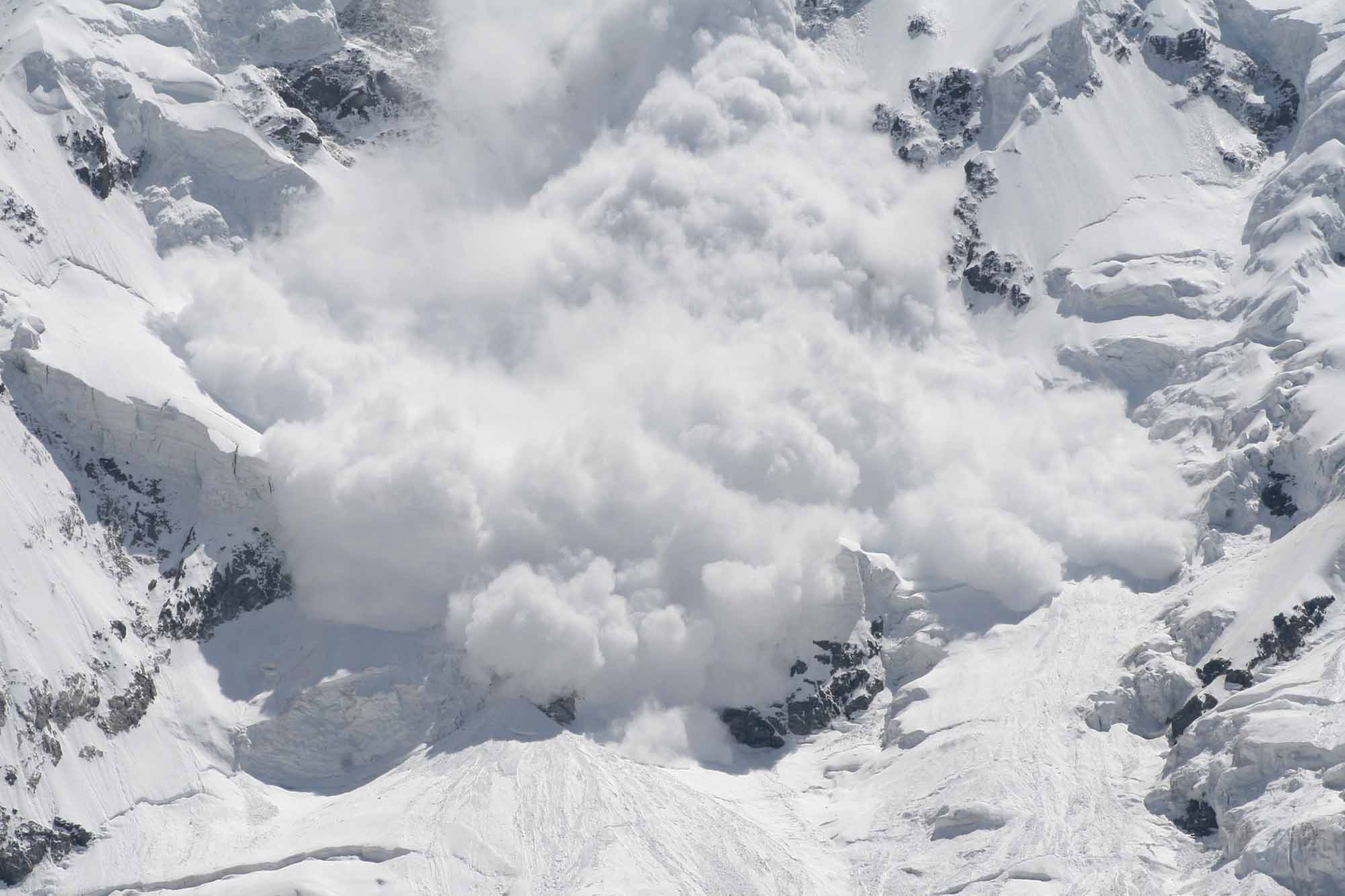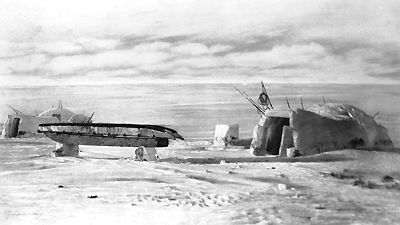It is often said that the Inuit have dozens of words to refer to snow and ice. Anthropologist John Steckley, in his book White Lies about the Inuit (2007), notes that many often cite 52 as the number of different terms in Inuktitut. This belief in a high number of words for snow and ice has been sharply criticized by a large number of linguists and anthropologists.
So, how exactly do things stand? In his dictionary of the Inuktitut dialect of Nunavik (Arctic Québec), the linguist and missionary Lucien Schneider (Ulirnaisugutiit: An Inuktitut-English Dictionary of Northern Quebec, Labrador and Eastern Arctic Dialects, 1985) cites a dozen basic words (those that are not derived from another word) referring to snow, and about ten words referring to ice. Examples include:
qanik snow falling
aputi snow on the ground
pukak crystalline snow on the ground
aniu snow used to make water
siku ice in general
nilak freshwater ice, for drinking
qinu slushy ice by the sea
This is a far cry from the 52 terms or more mentioned by some. Many will argue that French and English, as used in the cold regions of North America or Europe, have as many words as Inuktitut to speak about snow or ice. Nevertheless, this assertion is superficial, since the few basic words used by the Inuit to refer to different types of snow or ice do not translate everything they can say about these two natural elements. There are in fact several other ways to describe the various forms they can take.
In Nunavik, for instance, it is possible to call maujaq the snow in which one sinks. This is a general term that refers to any type of soft ground (mud, wetland, quicksand) but which, in winter, can only apply to a soft snow cover where the foot sinks. In the same way, the word illusaq ("what can become a house") refers to any construction material (wood, stone, brick, etc.), but when an igloo is built, it applies precisely to snow that is rigid and maneuverable enough for erecting a semi-spherical house made of snow blocks.
Inuktitut is a language that is said to be agglutinative; its words generally comprise a base element (the radical), which provides the basic meaning, plus other elements (the affixes) added to clarify and/or modify the basic meaning. New words can therefore easily be created from base terms. In the vocabulary related to snow, if the word qanik refers to falling snow, qanittaq ("added snow") refers to freshly fallen snow. Another example is sitilluqaaq ("a recent solid mass"), which applies to a drift of hard snow that formed after a storm.
Similarly, words that refer to ice are not limited to the ten basic forms mentioned in Schneider's dictionary. For instance, besides siku ("ice in general"), the term sikuaq ("small ice") refers to a skim of ice, the first layer of thin ice that forms on puddles in the fall, while sikuliaq ("made ice") is the new ice appearing on the sea or on rock surfaces and igalaujait ("which looks like windows") is the rime frost that sticks to grasses and other plants.
Taking into account the base words (such as siku), derived terms (such as sikuliaq), descriptive names (such as sitilluqaaq) and words with a broader meaning (such as maujaq), the total number of terms referring to the various aspects of snow and ice goes far beyond ten or a dozen. Inuktitut terms for snow and ice often draw very subtle distinctions between a very high number of characteristics. A few of the types are designated with simple words that only apply to these types. However, as a way of keeping the language efficient, instead of creating a new term each time one is needed, most often the Inuit use derivatives and descriptions, or limit the sense of more general words.
In short, no matter the type of term it uses to refer to a particular type of snow or ice, Inuktitut has a far superior ability to distinguish between them than most languages. A last example: a lexicon of sea ice terminology in Nunavik (Appendix A of the collective work Siku: Knowing Our Ice, 2010) includes no fewer than 93 different words. These include general appellations such as siku, but also terms as specialized as qautsaulittuq, ice that breaks after its strength has been tested with a harpoon; kiviniq, a depression in shore ice caused by the weight of the water that passed over and accumulated on its surface during the tide; and iniruvik, ice that cracked because of tide changes and that the cold weather refroze.

 Share on Facebook
Share on Facebook Share on X
Share on X Share by Email
Share by Email Share on Google Classroom
Share on Google Classroom






